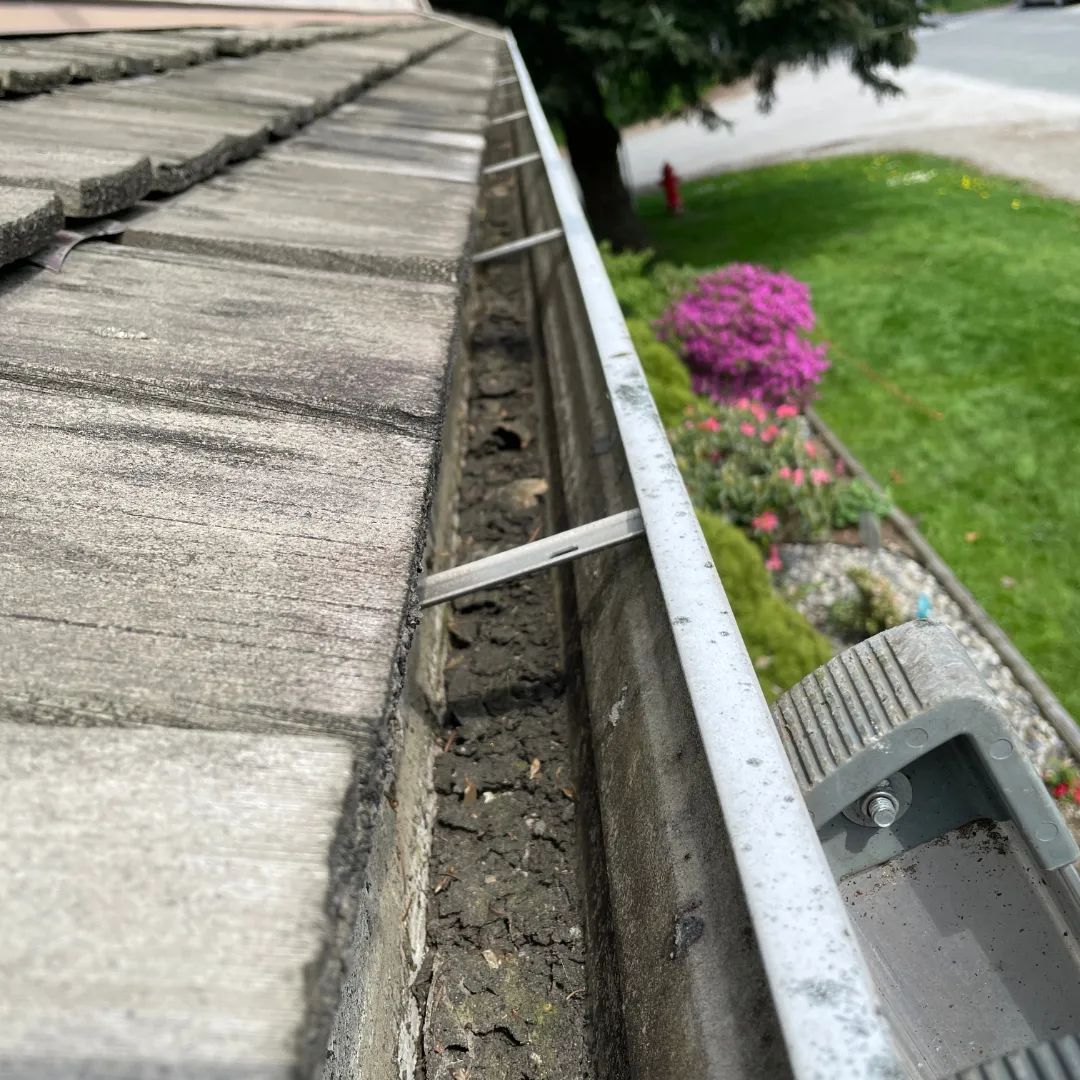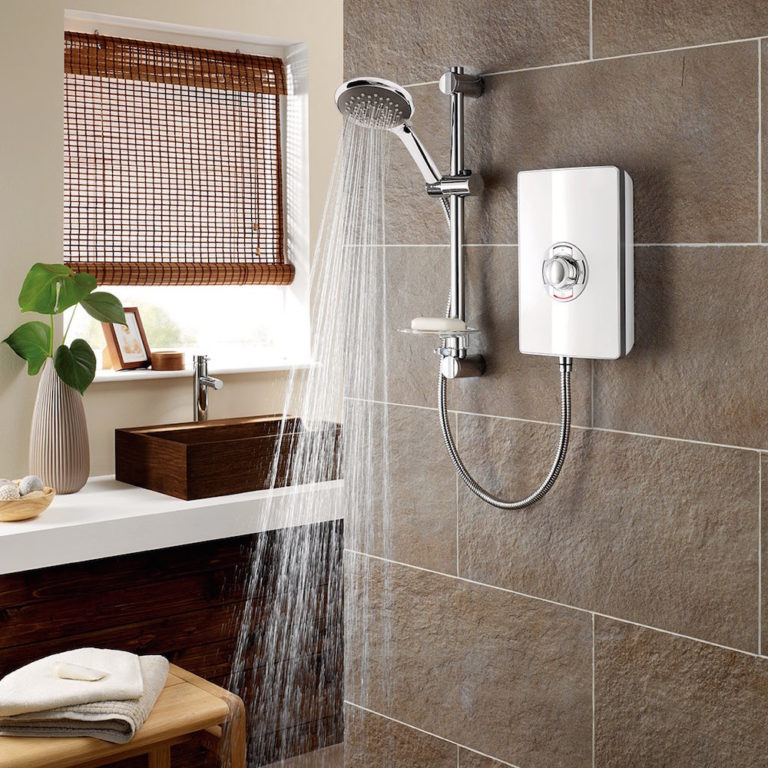How Weather Conditions Can Cause Roof Damage and What to Do About It
We all know how quickly a storm can turn into a nightmare for your roof. From strong winds to heavy rains and snowfall, many kinds of weather can cause damage to our roofs – and the consequences of neglecting this potential danger can be costly. In this blog post, we’ll explore how different types of weather conditions can cause significant damage to your roof and what steps you should take to minimize the risk of enduring small issues that could become major problems in time. So if you suspect (or even just want to avoid) any serious damages caused by bad weather, read on as we discuss some important ways you can protect your roof from every element Mother Nature throws at it!
Introduce the topic of how weather conditions can cause roof damage
Whether you live in an area with heavy snow, intense winds, or sudden rainstorms, weather conditions can wreak havoc on your roof. Roof damage is one of the most common issues homeowners face during severe weather. From missing shingles to leaks, structural damage to your roof can be costly to repair and pose a significant safety risk. It’s important to understand how weather conditions can cause roof damage, so you can take preventative measures such as regular roof inspections and maintenance. Remember, keeping your roof in good shape is crucial for protecting your home and family from the elements.

Describe the various weather conditions that can lead to roof damage, such as high winds, hail, snow, and ice
Your roof is the first line of defense against the elements, but even the toughest roof can be damaged by extreme weather conditions. High winds can cause shingles to peel away or lift entirely from the roof, leaving it vulnerable to water damage. Hail can dent or crack shingles, causing them to lose their protective layer and leak. Heavy snow can accumulate on the roof, causing ice dams to form as the snow melts and refreezes. Ice dams can damage the shingles, gutters, and even the structure of the roof itself. It’s important to be aware of these weather conditions and take steps to protect your roof before damage occurs.
How certain types of roof materials can be more susceptible to certain types of weather conditions
When it comes to selecting a roofing material for your home, it’s important to consider the climate of your area and how certain materials may react to different weather conditions. For example, common types of asphalt shingle roof damage are cracks or warps in areas with extreme heat or sun exposure, while metal roofs may be prone to denting during hail storms. Additionally, flat roofs may be at risk for leaks or ponding water in areas with frequent rain or snow. Understanding the vulnerability of different roof materials can help you make a more informed decision when it comes to protecting your home from the elements.
Discuss how poor ventilation or inadequate insulation may contribute to roof damage caused by weather conditions
It’s easy to think of our roofs as being tough and invincible, but they are much more vulnerable than we may realize. Weather conditions like heavy rain, strong winds, and even extreme temperatures can all take a toll on our roofs. However, poor ventilation or inadequate insulation can make this damage even worse. When moisture gets trapped in the roof due to poor ventilation, it can weaken the roofing materials from the inside out. Meanwhile, inadequate insulation can cause the temperature of the roof to fluctuate rapidly, leading to expansion and contraction that can cause cracking and other forms of damage. By ensuring proper ventilation and insulation, we can protect our roofs from weather damage and extend their lifespan.

Steps homeowners should take to protect their roofs from weather-related damage
To prevent costly repairs and ensure its longevity, homeowners should take proactive measures to protect their roofs. This includes ensuring proper ventilation and insulation, which will regulate temperature and prevent moisture buildup that can damage the roof. Regular inspections are also key to identifying signs of damage before they become bigger, costlier problems. And when necessary, making repairs immediately can prevent a small issue from escalating and causing extensive damage. By taking these steps to protect your roof, you’ll have peace of mind knowing that your home is secure, no matter what Mother Nature may bring.
Tips on how to prepare your home’s roof for extreme weather conditions
When it comes to extreme weather conditions, such as heavy rain or strong winds, one of the most vulnerable parts of our homes is the roof. That’s why it’s crucial to prepare your roof ahead of time to prevent any potential damage. Simple steps, like clearing your gutters, trimming tree limbs, and inspecting for loose shingles or tiles, can make a big difference in protecting your home from the elements. By following a few easy tips, you can give yourself peace of mind and minimize the risk of costly repairs down the line.

In summary, weather-related damage can occur to any type of roof material and should be taken seriously. Although it’s impossible to keep your home’s roof completely safe from Mother Nature, taking proactive steps like inspecting the roof regularly, ensuring adequate ventilation and insulation, and preparing ahead of time for extreme weather conditions can all help minimize the chances it will be severely damaged by a storm. It’s important to take these steps even if you don’t think you’re at risk for significant weather-related damage because you never know when Mother Nature will strike next. Don’t let your roof become a maintenance nightmare; with the right protection and preparation, you may just prevent a major repair in the future.






